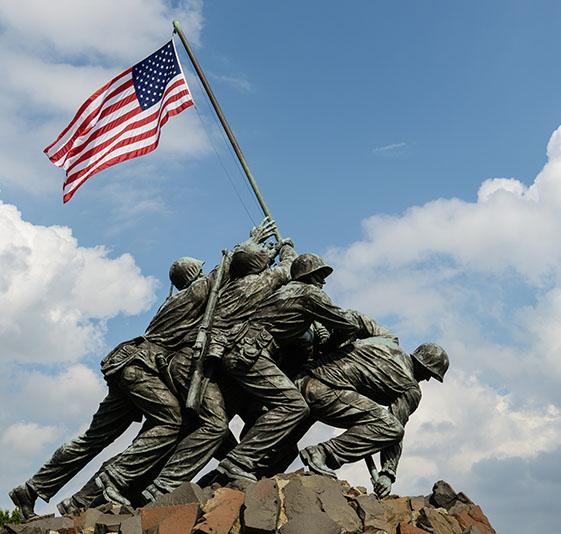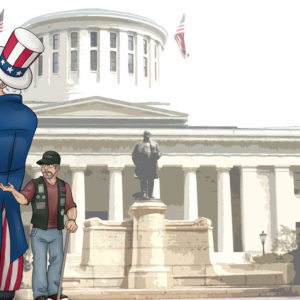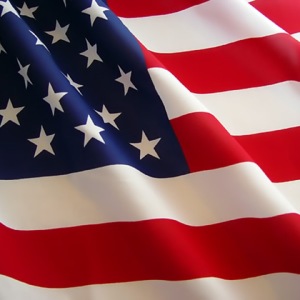
Battle Sites & Memorials to Visit in your Lifetime
By Sarah Frank
Gettysburg National Park
Gettysburg, PA
Gettysburg National Park has undergone many changes within the past few years. The newly renovated visitor center features the cyclorama of the battle, as well as the new Gettysburg museum. Many monuments have also been added within the last fifteen years. For many years, monuments of the Confederate states were not allowed to be placed on the battlefield until the mid-1990s.
The monuments feature designs of the battle and some, such as the Pennsylvania monument, can be seen from across the battlefield. The park also includes the Eisenhower Home and Farm, which is open to tours and located close to the battlefield. The town of Gettysburg, Pennsylvania also has many historical landmarks such as the Farnsworth House and The Gettysburg Hotel, which is open for lodging. The 150th Anniversary of Gettysburg took place the week of June 30th with a reenactment of the battle, book signings, and other commemorative activities.
For more information, visit: http://www.nps.gov/gett/index.htm.
Prairie Grove Battlefield State Park
Prairie Grove, Arkansas
The battle of Prairie Grove in Arkansas was the last attempt by the Confederate army to invade Missouri which ultimately resulted in a Union victory. The battlefield was turned into a state park for the purpose of Civil War Veteran gatherings and has been very well kept ever since. The battle is reenacted the first week of December, the largest in the state of Arkansas. The park also includes historic homes, such as those that served as the Confederate headquarters.
Source: http://www.arkansasstateparks.com/prairiegrovebattlefield/#.Ug7mvuPD9H0.
Yorktown Victory Center
Yorktown, VA
Yorktown, the last battle of the American Revolution, is conveniently located near the historic sites of Jamestown and Colonial Williamsburg. Cornwallis’ surrender at Yorktown marked the end of the war to which the battlegrounds are famous for.
The battle of Yorktown is also recognized as one of the battles in which the French allies were influential to the outcome of the battle. The national battlefield also contains the Yorktown National Cemetery. Not only were soldiers from the battle at Yorktown buried in the cemetery, but also over 600 Union soldiers from the Civil War. Also located on the battlefield is the first monument to be recognized by the US government, “The Alliance and Victory.”
Source: http://www.nps.gov/yonb/index.htm
WWII Memorial
Washington D.C.
The World War II Memorial is located between the Washington and Lincoln monument in D.C. The memorial is split into two sections, the Pacific and Atlantic, which are separated by a pool of water. Leading into the memorial are walls carved with scenes from the WWII time period, including battle, industrial, draft, and other scenes. Opposite of the entrance is a wall of gold stars, each representing the number of US soldiers killed during the war. Etched within the memorial is the famous drawing of “Kilroy,” which was engraved on equipment used during the war. From personal experience, the best time to visit the memorial is during sunset. At night, the memorial takes on a different view as the pool of water beside the memorial, as well as the lighting on the walls of the memorial itself, glows brightly in the darkness.



